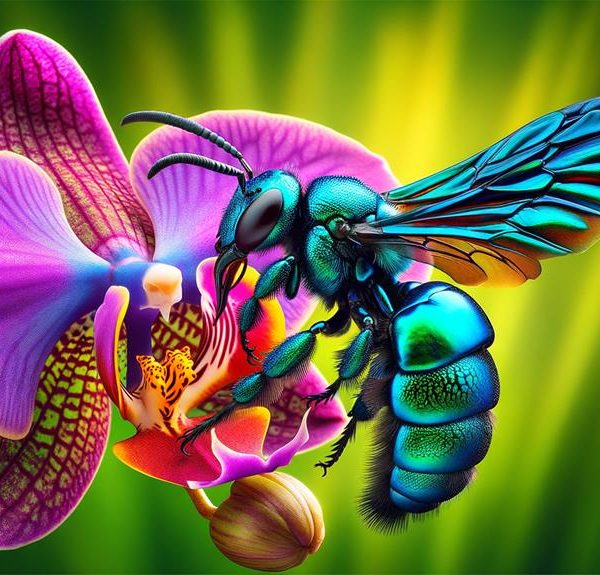Yearning to unravel the mysterious lifestyle of cuckoo bees? Discover their intriguing habits and impact on our ecosystems in 'Cuckoo Bee Facts'.
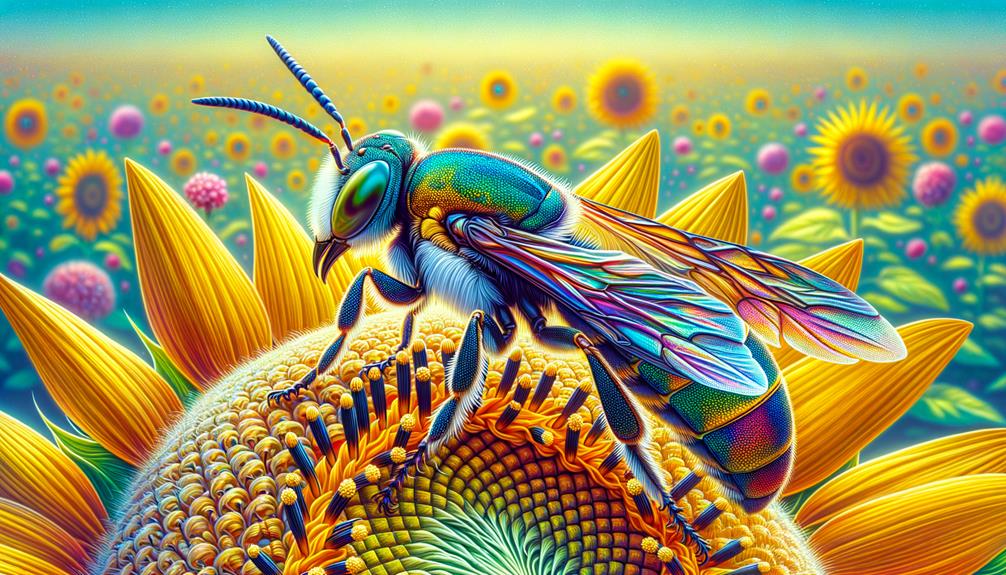
Cuckoo Bee Facts
Have you ever been curious about the peculiar world of the cuckoo bee? These intriguing insects, often overshadowed by their honey-making counterparts, lead lives that are nothing short of fascinating.
They're known as 'brood parasites', unusual in the insect world for their habit of laying their eggs in the nests of other bee species. But what prompts such unusual behavior, and how does it affect the balance of our delicate ecosystems?
There's a wealth of knowledge waiting to be uncovered, so why not join in the exploration?
Understanding the Cuckoo Bee
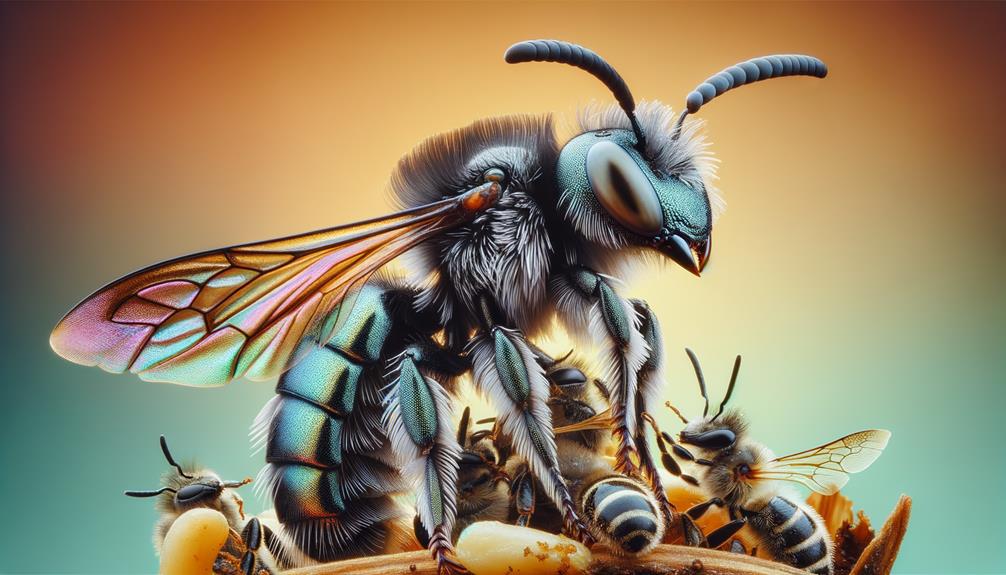
While you may be familiar with the industrious honey bee, you mightn't know that the intriguing cuckoo bee is also an integral part of our ecosystem, despite its rather unconventional lifestyle. Belonging to the Apidae family, the cuckoo bee is a parasitic bee that uses the hard work of other bees to ensure its survival.
Unlike other bees, they don't build their own nests or gather pollen for their offspring. It's their stealthy nature that makes them fascinating, and research has shown that their behavior has a significant ecological impact. They're not just freeloaders; they play a role in population control of other bee species, contributing to the balance of our ecosystem.
Cuckoo bees have a distinctive physical appearance, too. They're often darker and less hairy than typical bees, a trait that helps them infiltrate other bees' nests undetected. Their stingers are also more developed, since they don't have barbs and can be used multiple times. The physical and behavioral characteristics of cuckoo bees are a testament to the variety and adaptability of nature.
Understanding this unusual bee species gives us insight into the complexity of our ecosystem and the diverse strategies that organisms employ for survival.
The Cuckoo Bee's Unusual Lifestyle
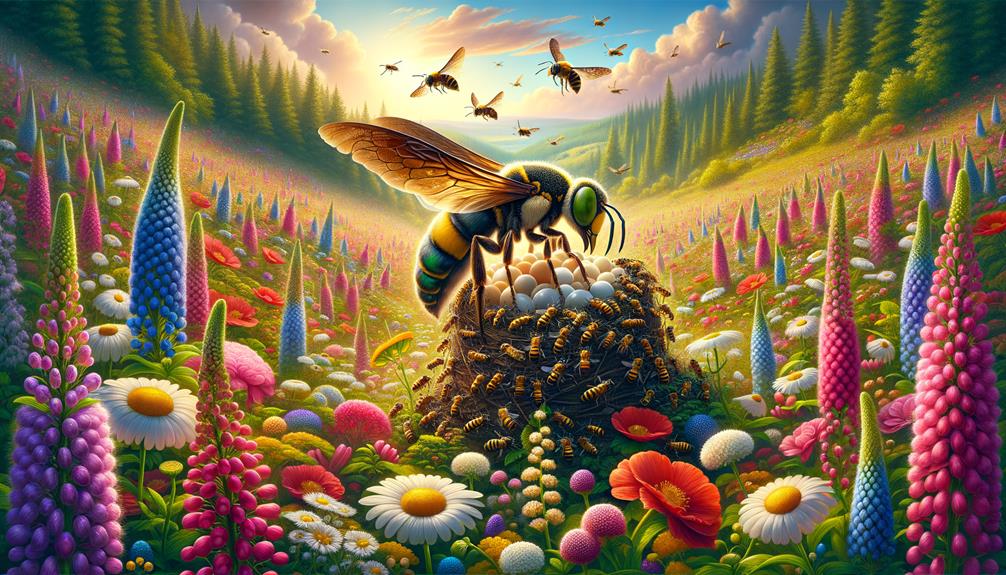
Diving into the cuckoo bee's unconventional lifestyle, you'll find that their survival hinges on a cunning strategy of infiltrating other bees' nests. Unlike most bees, cuckoo bees don't build their own hives. Instead, they rely on the hard work of others.
They're known as kleptoparasites, a term that perfectly captures their crafty survival method. They stealthily sneak into the nests of other bee species, often when the host bee is away foraging. Once inside, they lay their eggs and leave, counting on the host bee's return to unknowingly care for the intruder's offspring.
Their unique lifestyle doesn't stop at parasitism. They've evolved to become less hairy than other bees, which reduces the chance of being covered with pollen. Since they don't need to collect food for their offspring, this adaptation makes sense. They're also armed with a robust exoskeleton and often a stinger, tools to defend themselves if discovered by their host.
The cuckoo bee's lifestyle is a fascinating study in survival tactics. Their parasitic behavior, combined with additional adaptations, allows them to exploit the labor of others for their own survival. Truly, they're an intriguing member of the bee world.
Reproductive Strategies of Cuckoo Bees
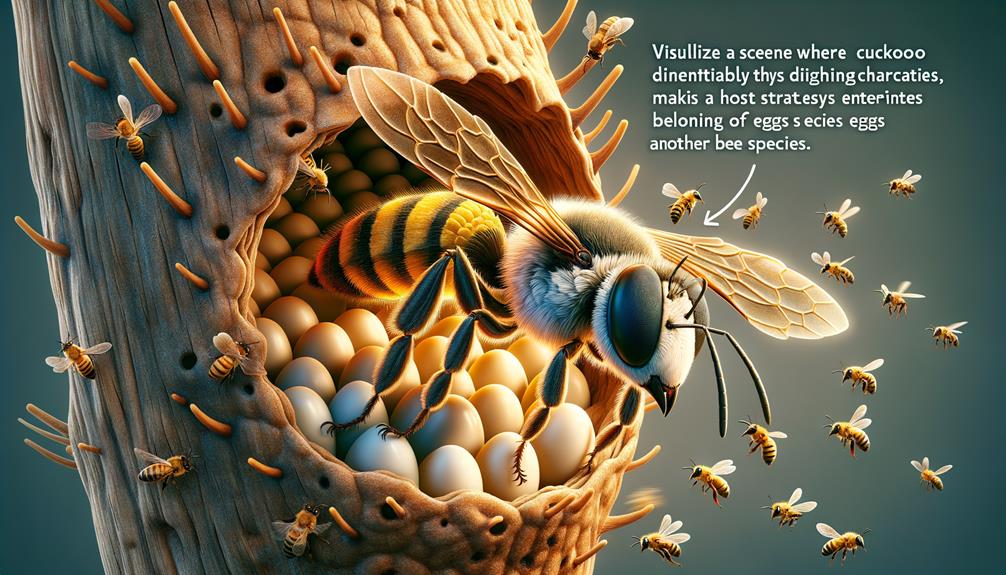
Building on their crafty survival method, let's now examine the distinctive reproductive strategies of cuckoo bees. Unlike other bees, cuckoo bees don't build nests or produce their own offspring. Instead, they employ a parasitic approach to reproduction that you'll find remarkably cunning, if not a little ruthless.
- Cuckoo bees lay their eggs in the nests of other bee species.
- They're armed with a tough exoskeleton, which shields them from the defensive stings of their host bees.
- Their larvae, once hatched, consume the host bee's pollen stores and even the host larvae itself.
This strategy allows cuckoo bees to focus solely on reproduction, eliminating the need for foraging or nest building. It's a survival mechanism that's not only effective, but also remarkably resourceful. However, it's not without its share of risks. If a cuckoo bee is discovered, it faces potential attack or eviction from the host nest. Yet, despite these dangers, cuckoo bees continue to proliferate, demonstrating the success of their unique reproductive strategy. Their ability to exploit the hard work of others is a fascinating, if somewhat unsettling, aspect of the natural world.
Cuckoo Bee's Impact on Ecosystems
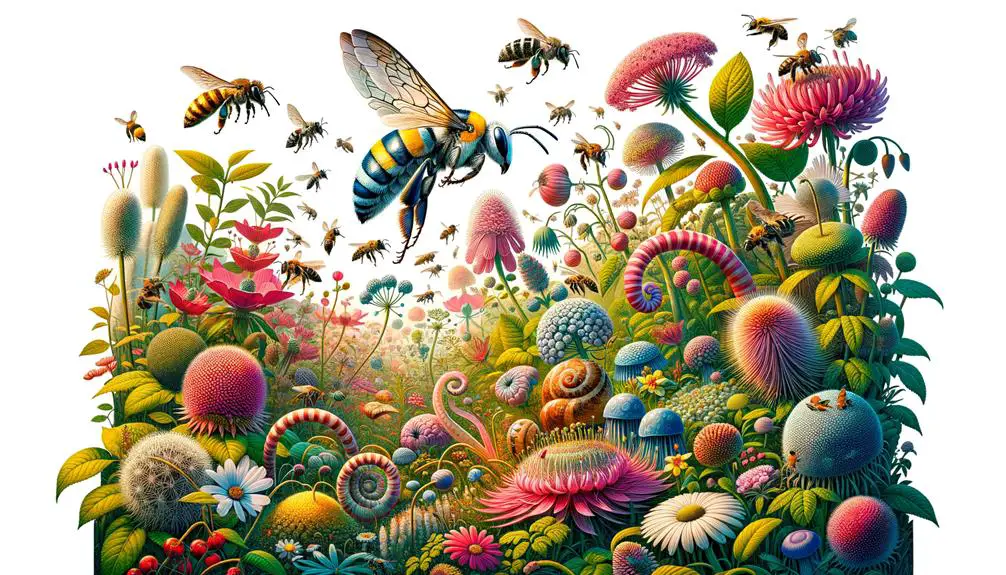
Despite their seemingly ruthless tactics, you might be surprised to learn that cuckoo bees play a significant role in maintaining the balance of our ecosystems. Their parasitic behavior, although seemingly destructive, is part of a complex web of interactions that contribute to the overall health and stability of ecosystems.
Cuckoo bees act as a check on the population of other bee species. By infiltrating the nests of host bees and consuming their resources, they can prevent the overpopulation of certain bee species, promoting biodiversity. They're a natural mechanism of population control, ensuring that no single species dominates the ecosystem.
Furthermore, cuckoo bees encourage the evolution of host bee species. They exert selective pressure on other bees, forcing them to adapt and evolve defenses against cuckoo bee invasions. This results in stronger, more resilient bee populations.
How to Identify a Cuckoo Bee
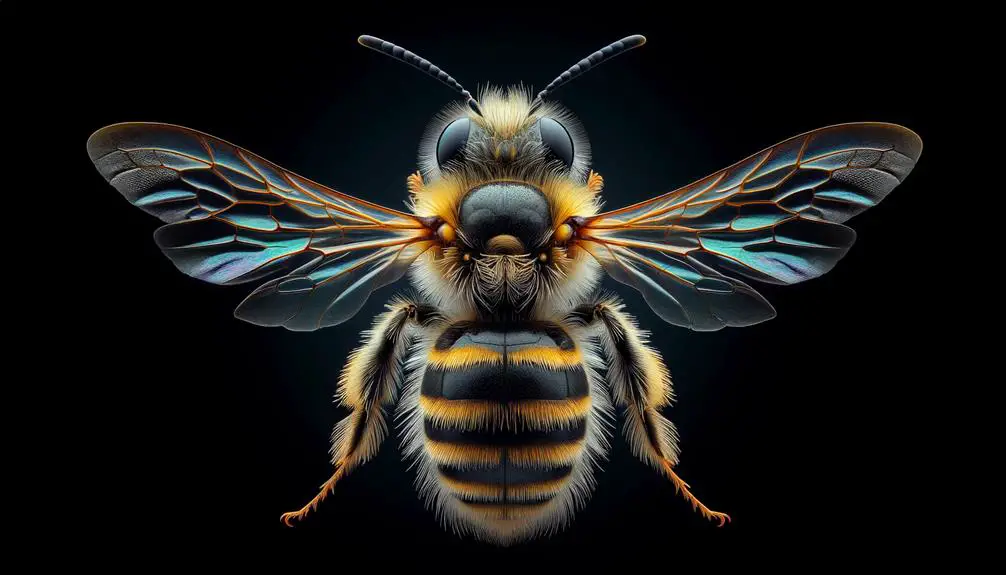
With a clear understanding of their ecological role, you might be curious about how to distinguish a cuckoo bee from other bee species. These bees exhibit unique traits that make them stand out.
To start, cuckoo bees are often less hairy than their counterparts. This is a physical adaptation because they don't need to collect pollen for their young. Instead, they infiltrate other bee nests to lay their eggs, letting the host bee do all the work.
Secondly, take note of their shape. They've a more wasp-like body, which is slender and not as rounded as typical bees. This leaner profile aids them in their stealthy, parasitic lifestyle.
Lastly, their behavior can also be a giveaway:
- Cuckoo bees don't build nests, so if you see a bee entering another bee's nest, it might be a cuckoo bee.
- Unlike other bees, they're solitary and don't live in colonies.
- They're active during specific times, usually when the host species is active.
Conclusion
You've now delved into the intriguing world of cuckoo bees. You've learned about their unique, parasitic lifestyle, clever reproductive strategies, and undeniable impact on ecosystems.
You've even discovered how to identify these fascinating insects. Remember, while their behavior may seem odd, they're a crucial part of our biodiversity. Keep this newfound knowledge in mind the next time you spot a bee – it might just be a cuckoo bee!

